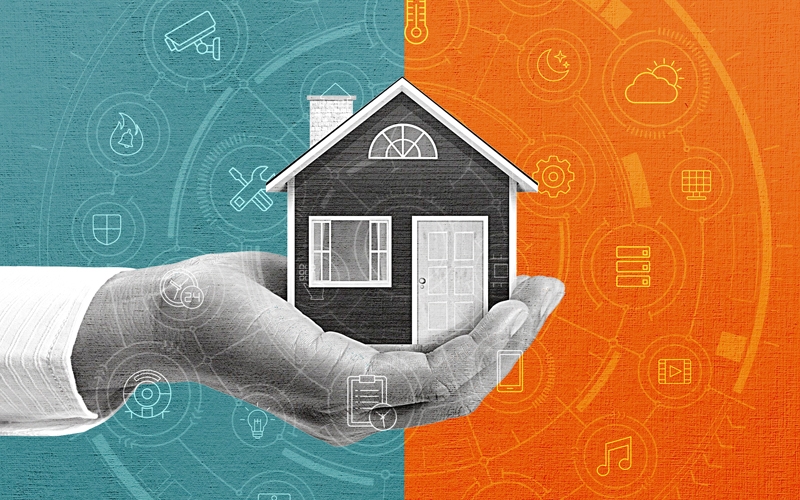Industry Trends
Marketing Insights
In 2020, most of us are spending more time at home. And that’s transforming how we think of our homes. The COVID-19 pandemic will undoubtedly influence home design — indeed, it already has. But how?
This summer, we attended the National Kitchen & Bath Association (NKBA) video conference discussing the impact of the pandemic on home design. Part of Brave New Business, the NKBA’s live, interactive digital forum series, the event featured NKBA CEO Bill Darcy, Architizer content director Paul Keskeys, TreeHugger.com design editor Lloyd Alter and Casey Design | Planning Group Inc. principal Theresa Casey.
According to these special guest subject matter experts, here are four ways the coronavirus will alter the landscape, plus my take on what it all means for home design at a higher level.
1. More homes will have dedicated office space.
Among other things, 2020 has become a large-scale telecommuting experiment. Even after stay-at-home orders were lifted in all 50 states, many companies told their normally on-site employees to continue working remotely.
Have you delivered a presentation from your dining room table, done a Zoom chat from the guest bedroom or written an email crouched on the closet floor? No matter how offices look in the not-too-distant future, the pandemic should have a significant impact on future residential design and home office space considerations.


